Title
Stitchers ready to make your own embroidery patterns:

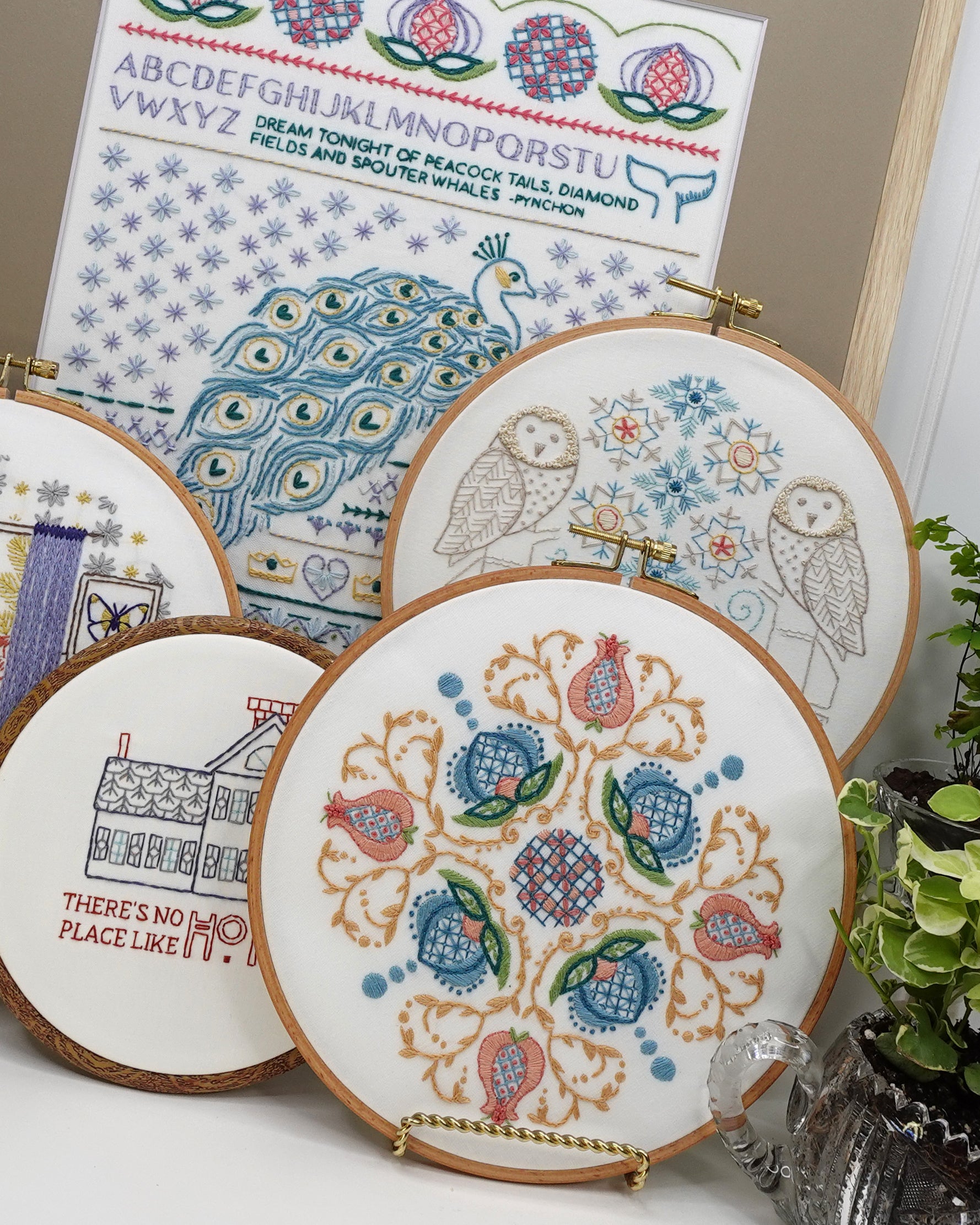
LET ME KNOW IF THIS SOUNDS FAMILIAR
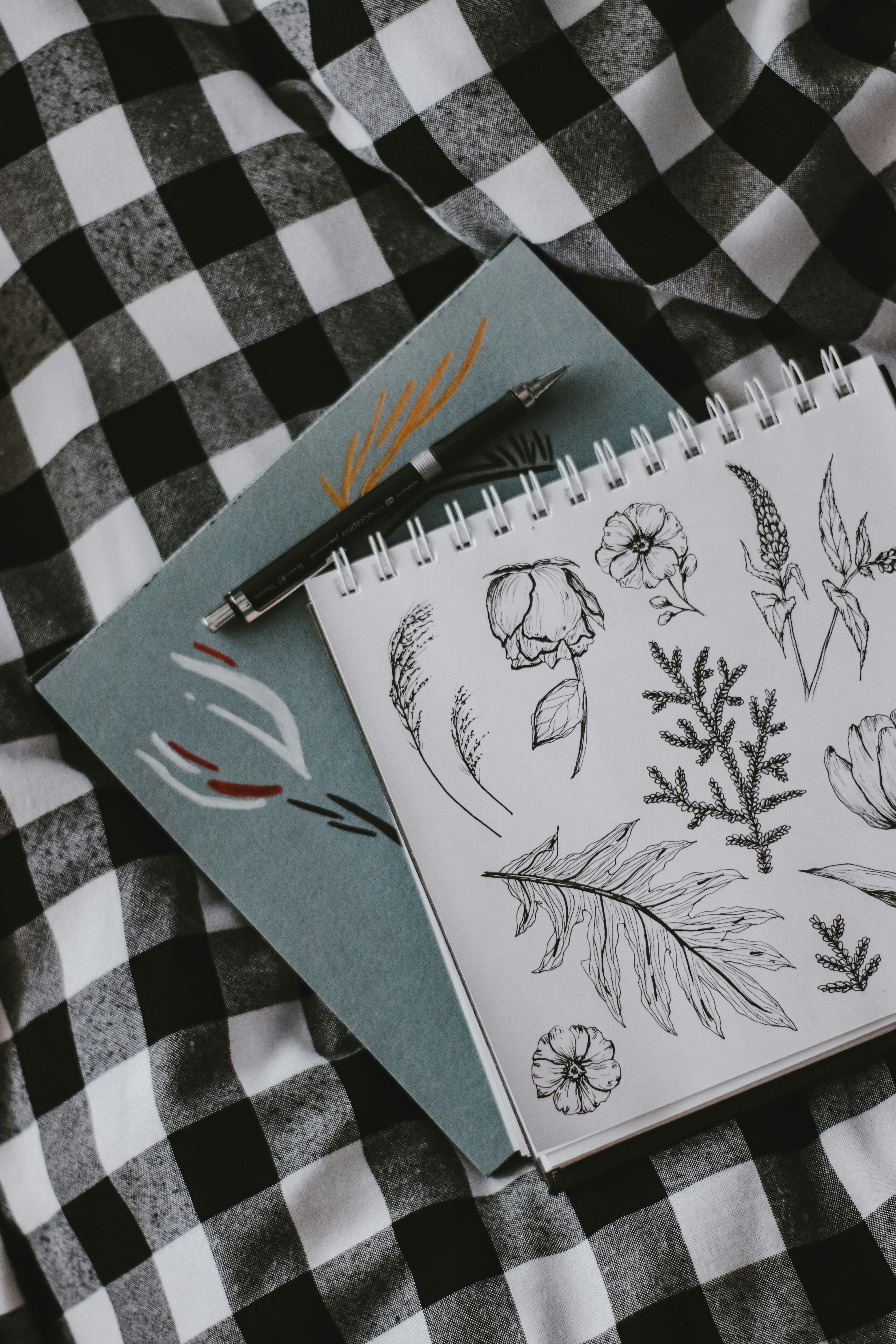
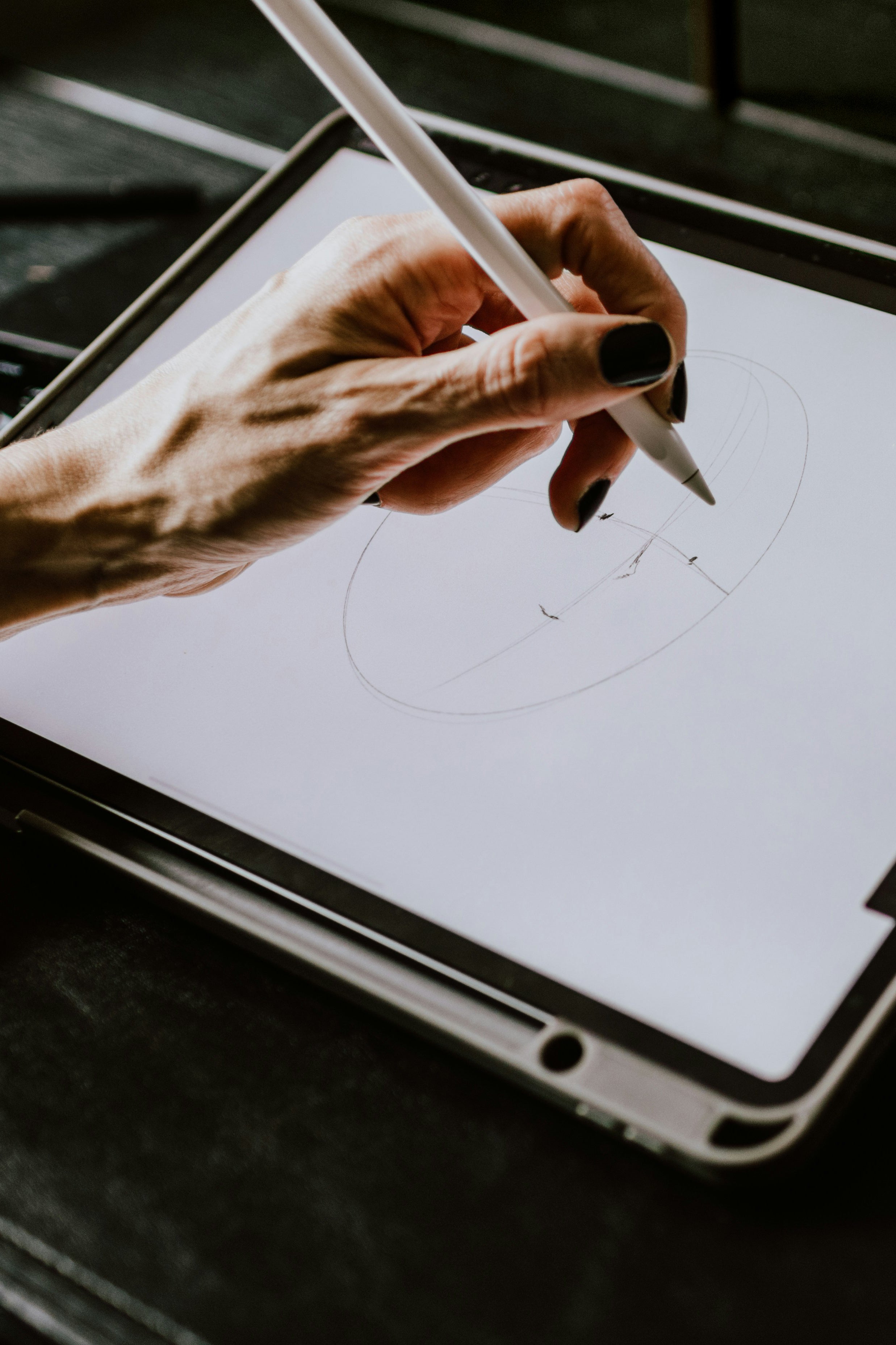
You don't need to be a professional designer to create embroidery patterns you're proud of.
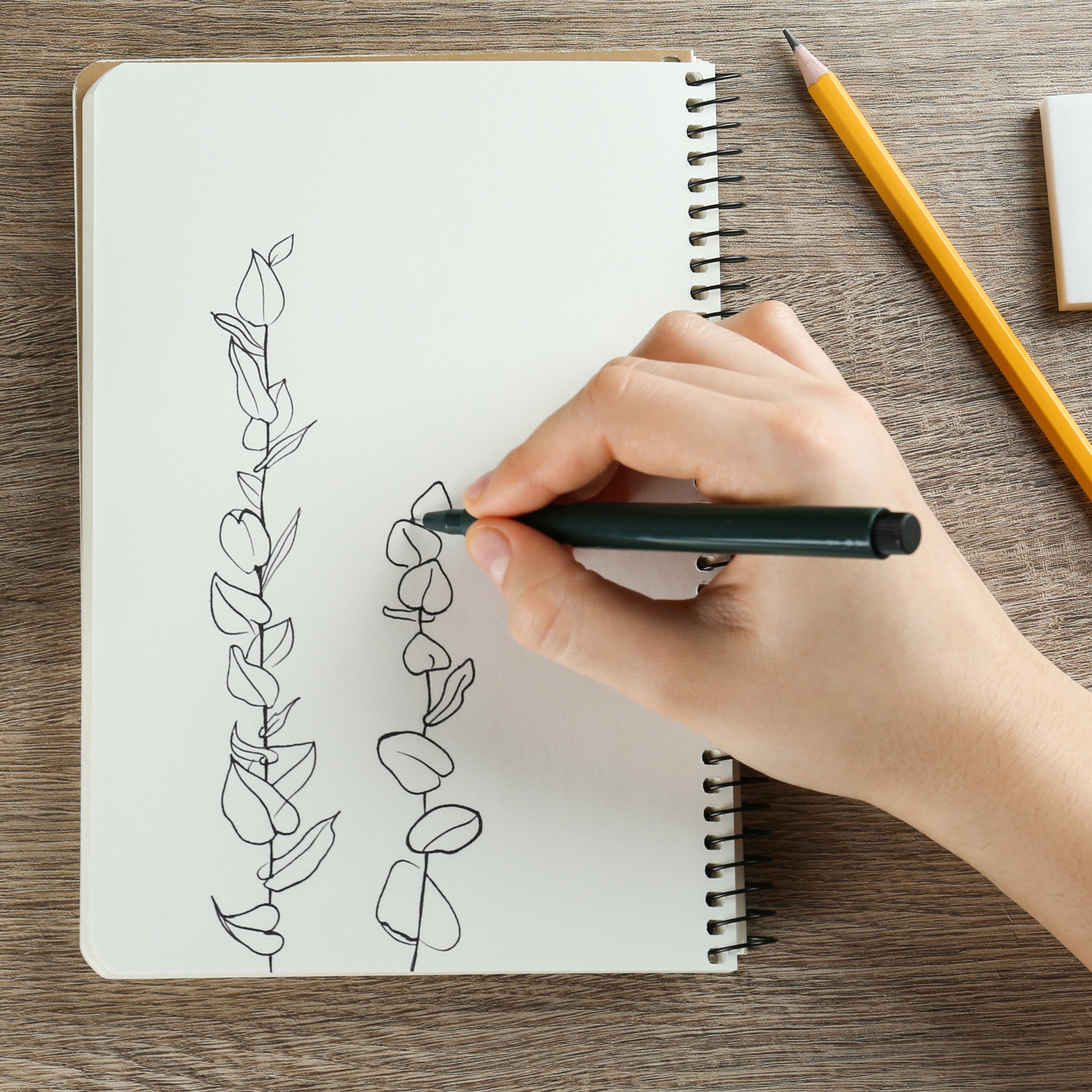
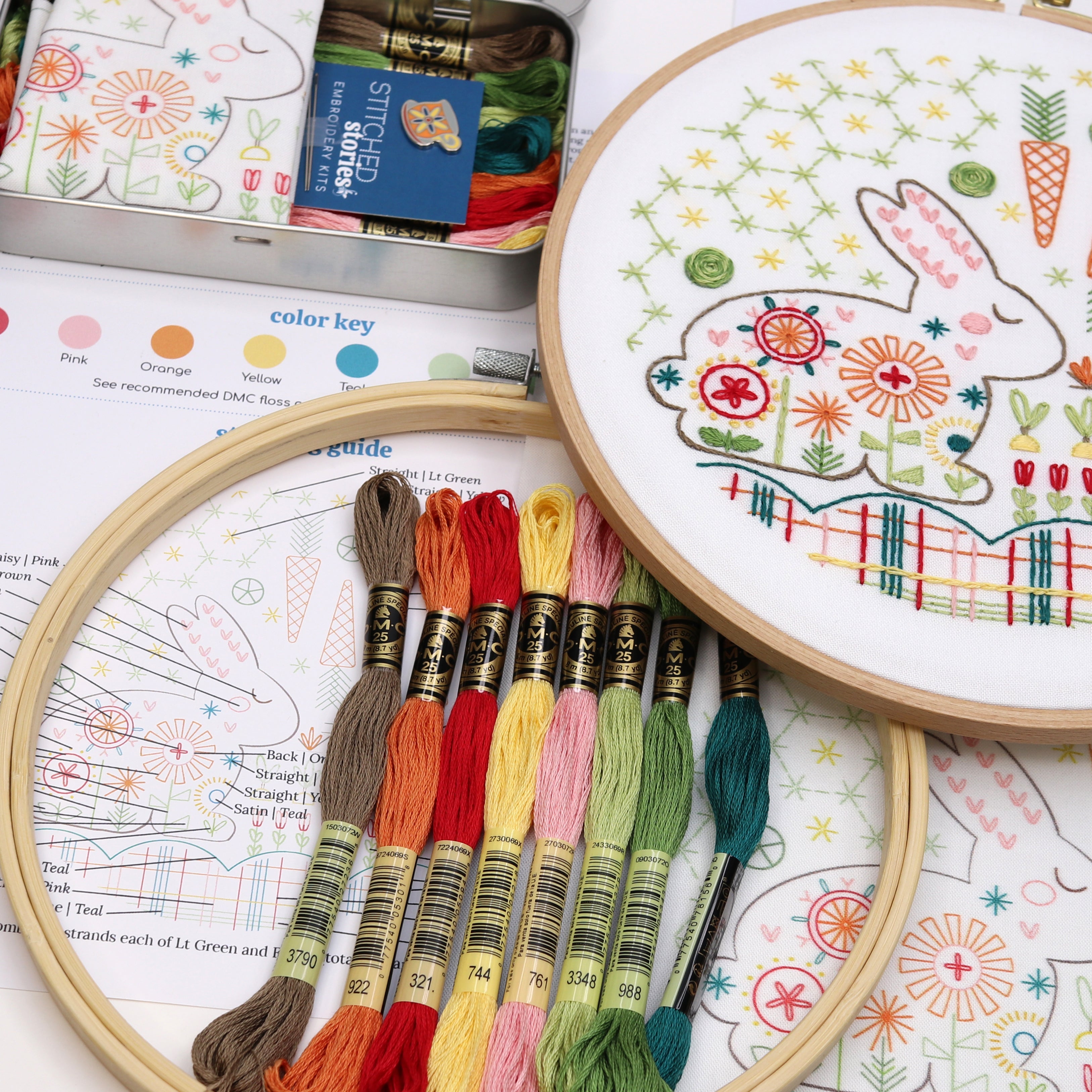
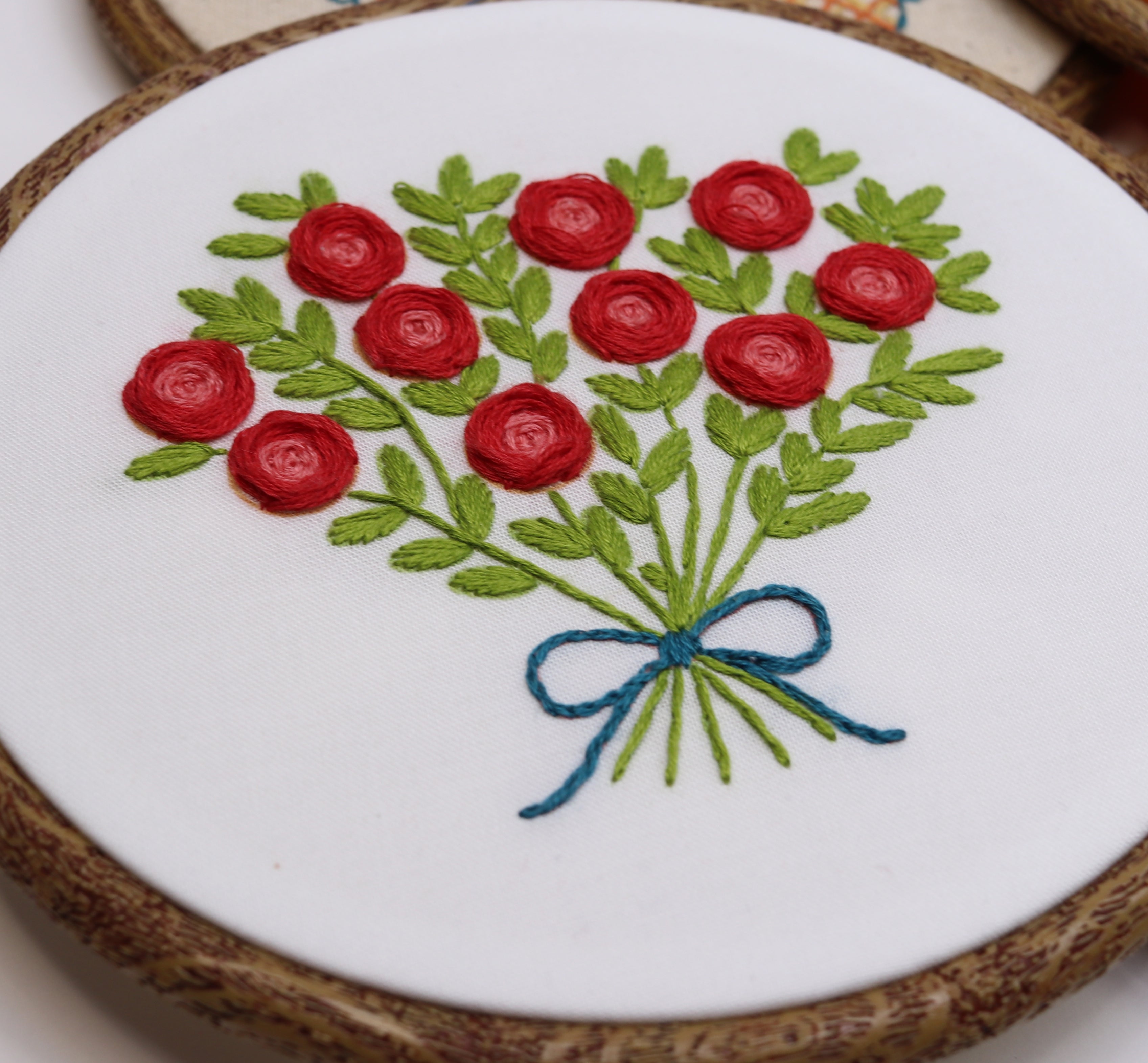
Title
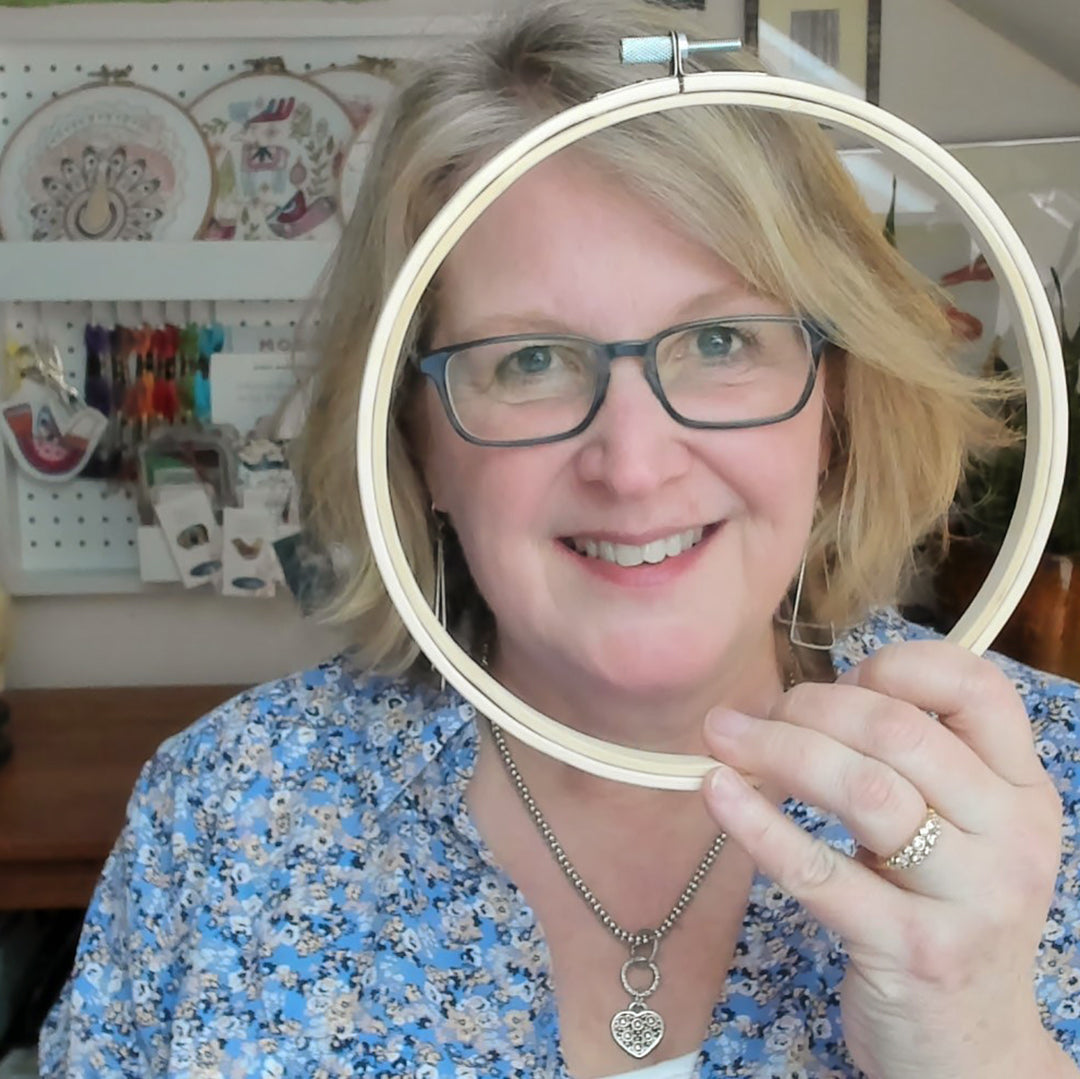
Title
Design Your Own Embroidery Patterns

Here's what's inside Pattern Design Blueprint
Title

Title
Design Your Own Embroidery Patterns

The questions would-be pattern designers ask before enrolling in the Pattern Design Blueprint
Title

Title
Design Your Own Embroidery Patterns
